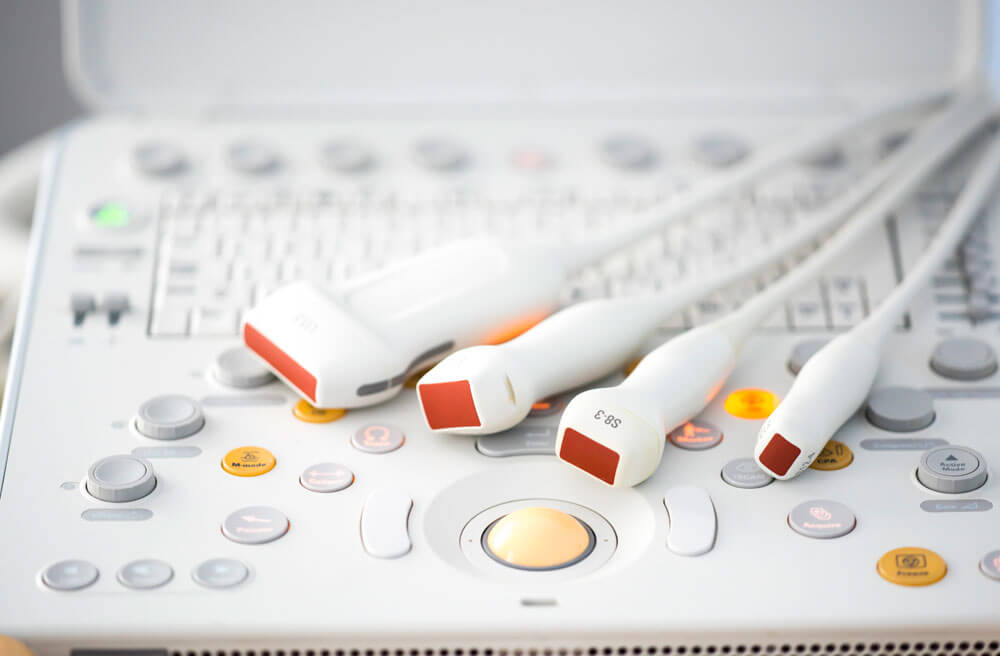



Arterial Doppler for peripheral artery disease detection is an excellent tool for detecting abnormalities in the extremities. The tool can help diagnose blood clots, poorly functioning valves, blocked arteries, and other serious health issues. Because many of these are signs or symptoms of heart disease or are considered urgent health care issues, identifying them with PAD screening is the first step toward better health.
We provide an array of testing services in our Oakland County office, and arterial Doppler tests for PAD screening are among the easiest testing options.
How the Ultrasound Test Works
Arterial Doppler ultrasound assesses blood flow through vessels in the arms and legs by bouncing high frequency sound waves off circulating blood cells.
The simple, non-invasive test involves running a transducer against the area to be examined, typically the arms or legs. Blood flow is measured by a change in frequency. A gel may be placed on your skin to facilitate the use of the tool. The test typically takes less than an hour, and you may hear a gurgling sound as the tool is run against your skin.
The Doppler sends images to a monitor, which the doctor can analyze to identify peripheral artery disease or other health concerns.
Call to schedule an appointment today

Preparing for Arterial Doppler for Peripheral Artery Disease Testing
If the doctor recommends arterial Doppler for peripheral artery disease detection, very little to no preparation is necessary on your part. It is a painless procedure, and it does not require recovery time.
After Dr. Laina Feinstein or Dr. Max Feinstein obtain the results, they will discuss the findings with you. We work with patients to create health care plans that are best for them.
If you are concerned about your heart health or the quality of the blood flow in your arms or legs, contact us to make an appointment with one of our doctors.